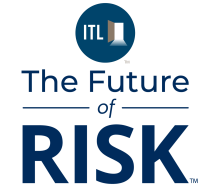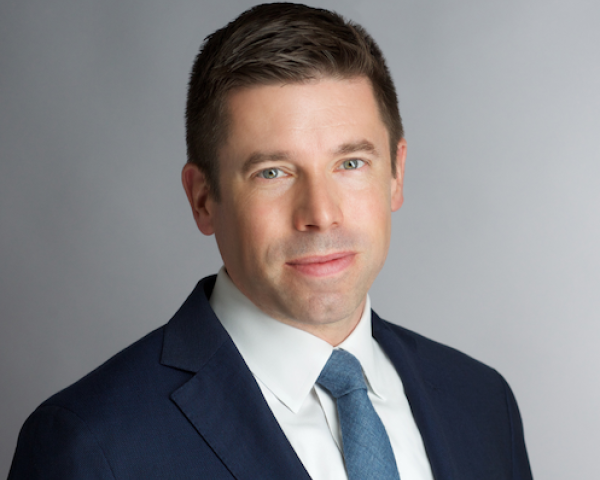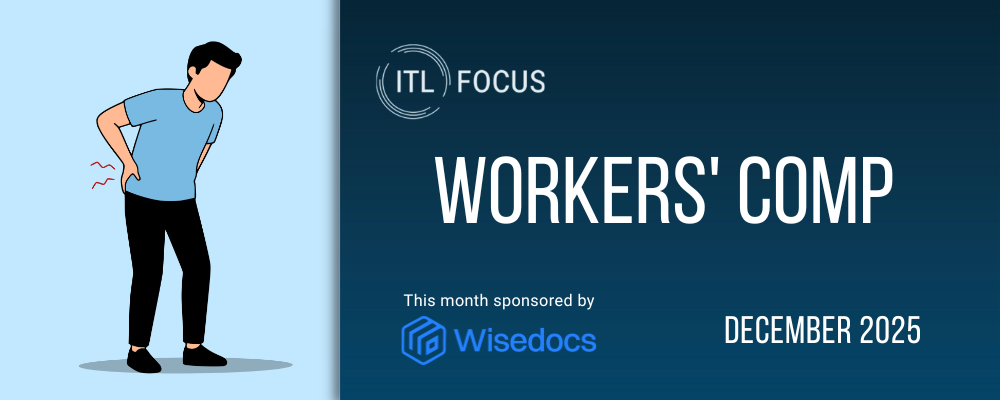The commercial property insurance market continues to soften, with rate reductions accelerating across many sectors. Yet, despite this easing, overall premium spending remains higher than pre-2019 levels. For insureds, this presents a unique opportunity and one that requires thoughtful action.
We're advising clients to use this window to restore lost coverages, reassess deductibles, and rethink how they structure their programs. These conditions won't last forever, and policyholders that act now stand to regain both value and flexibility.
From Fatigue to Relief
This current soft market follows years of steady rate increases that began in late 2017 and peaked around 2020. Clients have experienced "rate fatigue" from successive, steep premium increases, which have been exacerbated by rising rebuilding costs during and after the pandemic. Now, as rates decline, many are seeing meaningful premium relief on their property renewals.
So, what's driving the change? In short: capacity. There's an abundance of it. Incumbent carriers are expanding line sizes and aggressively targeting new business. While most new entrants are in the E&S space, where growth has been significant, even smaller players collectively add pressure by creating more competition on individual programs.
Legacy markets, particularly in the U.S., London and Bermuda, are stretching up or down program layers and leveraging facultative reinsurance to gain traction. That's reshaping pricing, risk-sharing strategies, and overall program structure.
Take Back What Was Lost
During the hard market, many insureds were forced to accept terms that reduced coverage, raised deductibles, and increased non-concurrency across shared and layered programs just to get deals done. Now is the time to reverse that.
Clients should be challenging their brokers to leave no stone unturned. A pre-renewal strategy session is essential to prioritize coverages and establish a smart approach to market engagement. Rebuilding programs means more than just rate reduction. It's about reclaiming terms and removing restrictive language that crept in over the past few years.
The New Program Design
One of the most notable shifts we're seeing is in program structure. Larger line sizes and more streamlined layering are helping eliminate expensive, opportunistic capacity. This directly improves rates and simplifies negotiation.
Captive usage is also on the rise. As clients look to gain more control and mitigate volatility, captives offer a path to retain risk strategically. In parallel, there's a renewed interest in long-term agreements, which can provide premium stability over multiple years and reduce annual pricing uncertainty. We're also seeing increased interest in parametric solutions, which complement traditional insurance placements.
What's Next: Opportunities and Uncertainties
Despite the current optimism, the market remains fragile. Several variables could quickly shift conditions. With the right broker and a strategic approach, insureds can regain lost ground, improve coverage, and build programs that are resilient, cost-effective, and better aligned to their evolving risk profile.






